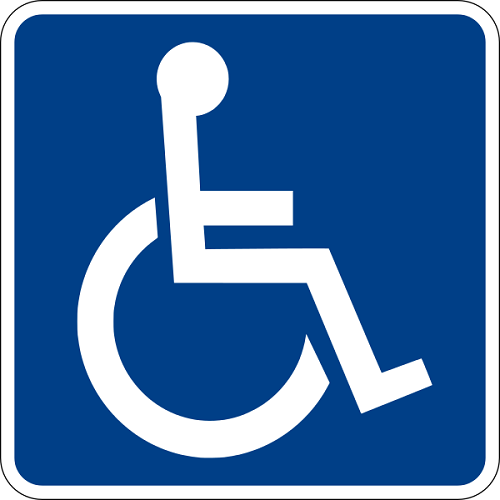Difference between Sign and Symbol
Both signs and symbols are graphical presentations but people often use them interchangeably. The main difference between the two is that a sign is a language on its own and it is used to communicate something to people. It is broader term and symbol comes under it.
Main Characteristics of a Sign
A sign is language in its own right and its meaning universally shared by people belonging to a specific geographical location. For instance, a sign is mainly used to give warning to people, inform them or to regulate their conduct in certain instances. A sign is mandatory to follow since it is communicating vital information with you. For example, when driving a red traffic light tells you to stop or DO NOT ENTER sign or DO NOT PARK or HANDICAP parking etc.
A sign is descriptive in nature and it stands for something. In most cases, when a sign is erected somewhere, it is directly communicating with the targeted audiences and they must follow what it means. Many signs often have a universal meaning that is shared by people from various backgrounds.
Main Characteristics of a Symbol
A symbol is a something that is accepted by certain group of people or general population. It can be interpreted differently by people from different backgrounds. A cross is an example of symbol that has been universally accepted as representing Christianity. Other examples are Power OFF buttons, WiFi oe thumbs up symbol.
Summary of the Differences Between a Sign and Symbol
Meaning
- A sign is a form of language in its own right and it is specifically meant to communicate certain information. Signs are usually informative, regulatory, warning or prohibitory. A sign is ought to be followed as it is.
- Symbol is a form of a sign that may have deep meaning. It can be interpreted in different ways since its meaning may not be universally shared by different people.
Table Showing the Differences Between a Sign and Symbol
| Sign | Symbol |
| A sign is a form of language that is descriptive in nature. ex. Road signs ( DO NOT ENTER) | A symbol represents something that are accepted by certain subjective areas. Example of a symbol could be a letter or letters standing for a chemical element or a character in musical notation. Symbol for a religious cults or groups. |
| A sign could stand for something and it may be mandatory to be followed. | May only target certain group of people. May be interpreted differently by different people. |
Conclusion
Over and above, it can be observed that both a sign and a symbol are not synonymous. The main difference between the two is that a sign is a form of language that directly communicates with the targeted audiences.
Sign could also mean a usage of gestures to convey information or instructions.
In contrast, a symbol is a conventional representation of an object, function, or process.
- Difference between Surgery and Operation - November 8, 2017
- Difference between Sign and Symbol - November 7, 2017
- Difference between Micronutrients and Macronutrients - October 31, 2017
Search DifferenceBetween.net :
4 Comments
Leave a Response
References :
[0]“The difference between a sign & a symbol.” https://penandthepad.com/difference-between-sign-symbol-8361620.html
[1]"Image Credit: https://en.wikipedia.org/wiki/File:Handicapped_Accessible_sign.svg"
[2]"Image Credit: https://commons.wikimedia.org/wiki/File:Radiation_warning_symbol.svg"



Thanks a millions .
Awesome super content has been learning easy this website
Excellent explanation
I have been teaching 12 signs of the zodiac in spiritual sense as a sermon. And I was checking and searching about symbols and signs and I stumble in your site differentiating symbols ang signs. And its a good explaination. Can use it in my next sermon about symbols in December.